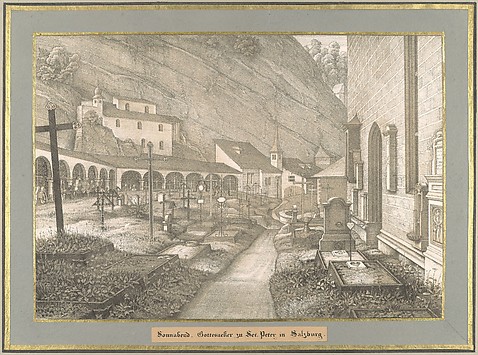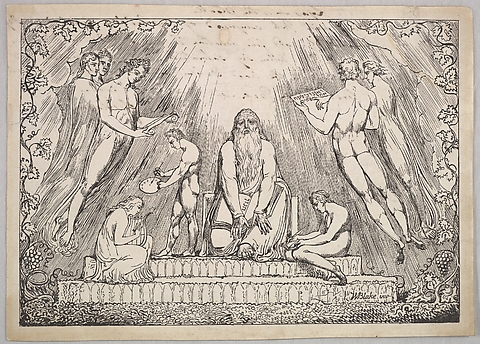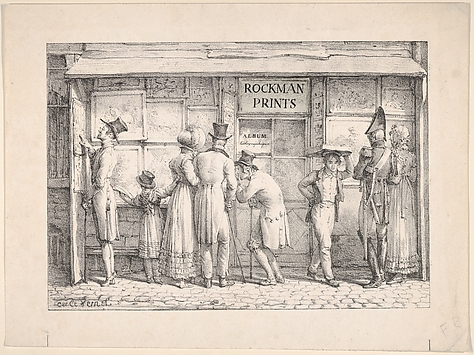
Lithograph

Lithography is a planographic printmaking process in which a design is drawn onto a flat stone (or prepared metal plate, usually zinc or aluminum) and affixed by means of a chemical reaction.
First, the design for the lithograph is drawn directly onto a polished slab of limestone using an oil-based lithographic crayon or ink.

Once the design is complete, the stone is ready to be processed or etched. A layer of powdered rosin is rubbed onto the stone, followed by a layer of powdered talc.

Gum arabic, or a combination of gum arabic with a mild acid solution, is then brushed onto the stone. The chemical reaction between the solution and the stone fixes the greasy image that is drawn with the oil-based lithographic crayon. At the same time, the solution ensures that the blank areas of the stone will absorb water and repel printing ink.

The original drawing is then wiped away with a solvent, known as lithotine, which leaves a ghost-like trace of the image on the stone.

To provide a base for inking, a layer of asphaltum is then buffed onto the entire surface of the stone and allowed to dry.

Before the stone is ready for inking, it is dampened with water, which is absorbed only in the blank areas. Ink is then applied to the stone with a roller. The oil-based ink adheres to the greasy area of the image and is repelled by the damp parts of the stone. The dampening and inking of the stone is repeated until the entire image is thoroughly inked.

The stone is placed with the image facing up on a flatbed lithographic press, and a damp sheet of paper is laid on top.
The stone and paper are covered with a board, also called a tympan, and sometimes several sheets of newsprint as padding for the press. A flatbed press is equipped with a pressure bar. This bar, which usually approximates the size of the image, is lowered onto the tympan and the stone, and is dragged across the greased surface as it passes through the press. The bar guarantees a smooth and even application of pressure across the surface of the stone.

Once the stone has been run through the press, the resulting impression on paper displays a reverse image of the original composition drawn onto the stone.

Liz Zanis (American, born 1980). Lunch, 2018. Lithograph and stone. Courtesy of the artist
In order to make a multicolor lithograph, additional stones or matrices must be used for each desired color. The same sheet of paper is run through the press repeatedly to add each color, and care must be taken to precisely register, or align, the stone each time.
Marquee image: Henri de Toulouse-Lautrec (French, 1864–1901). Cover for L'Estampe originale, Album I, publiée par les Journal des Artistes (detail), 1893. Lithograph printed in six colors on folded wove paper; only state, sheet: 23 in. x 32 5/8 in. (58.4 x 82.8 cm). The Metropolitan Museum of Art, New York, Rogers Fund, 1922 (22.82.1-1)



